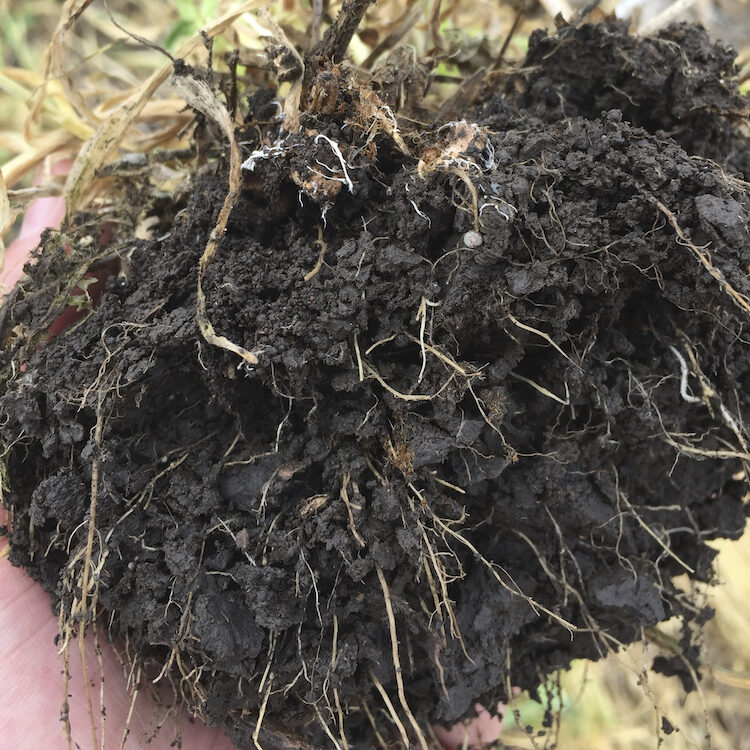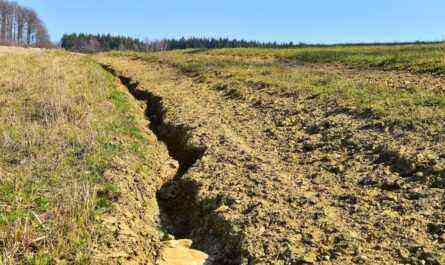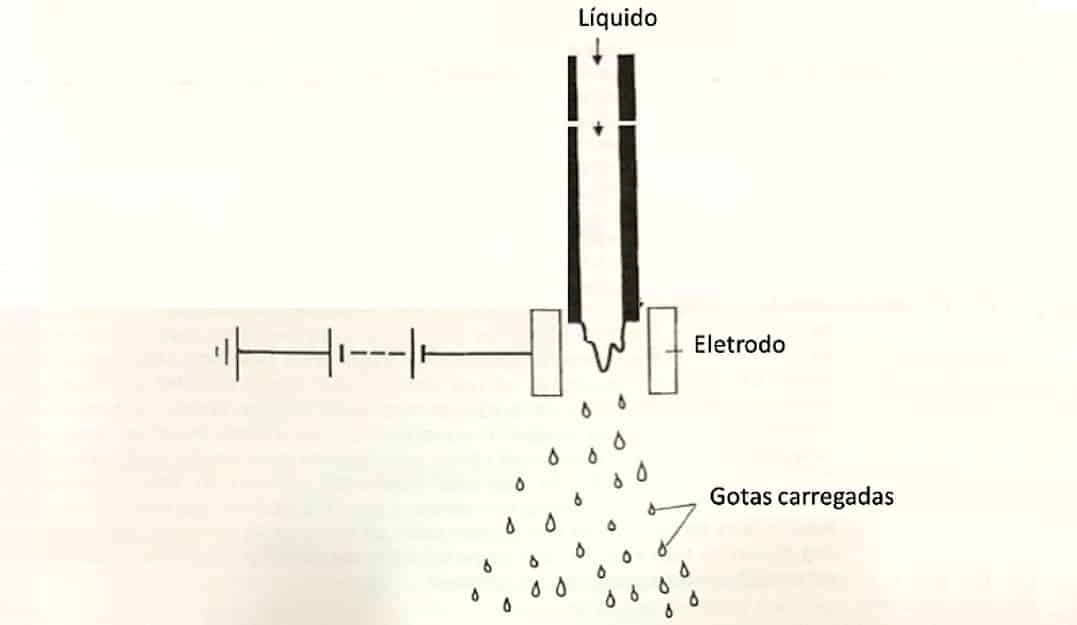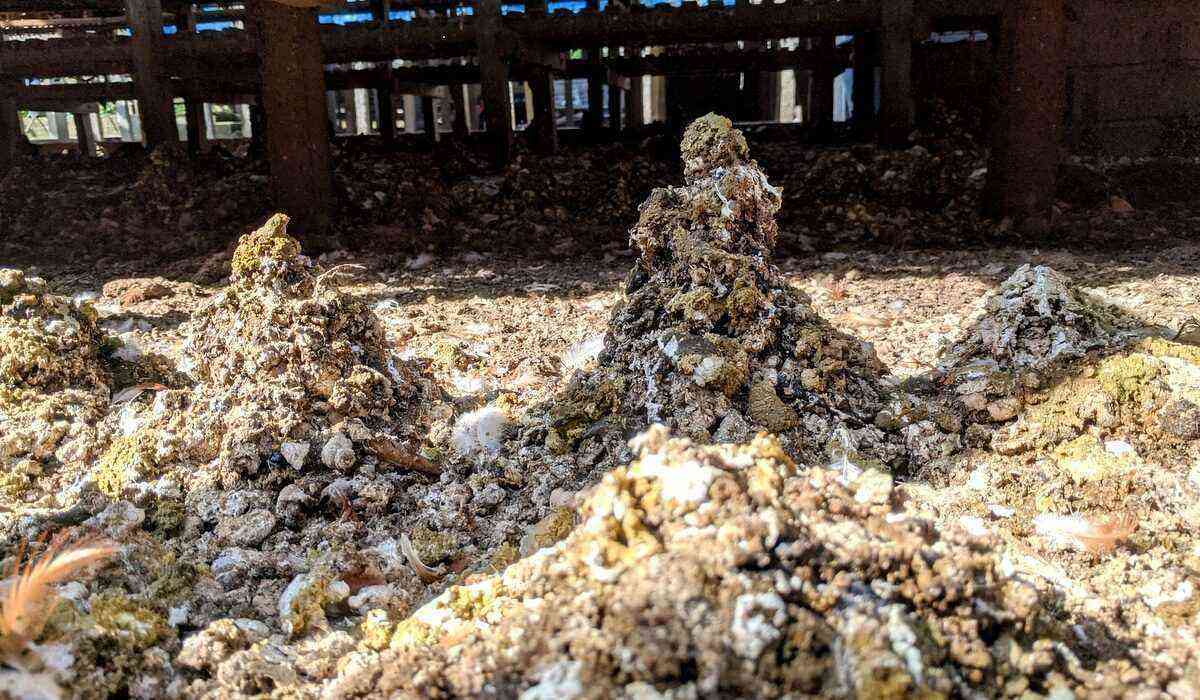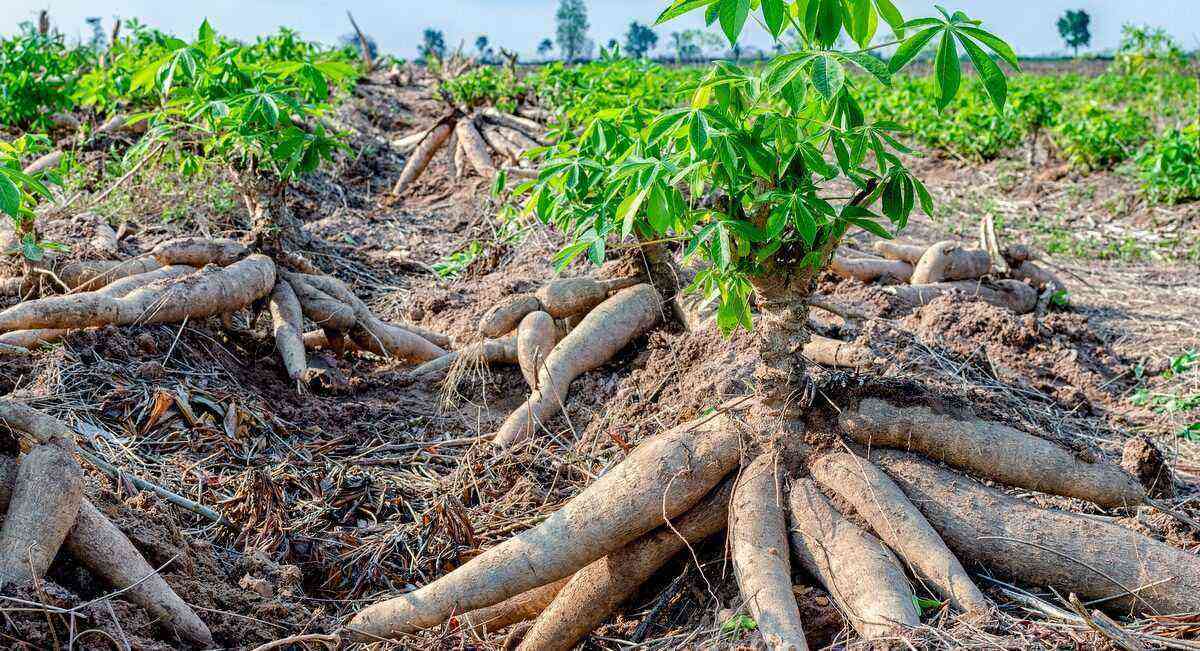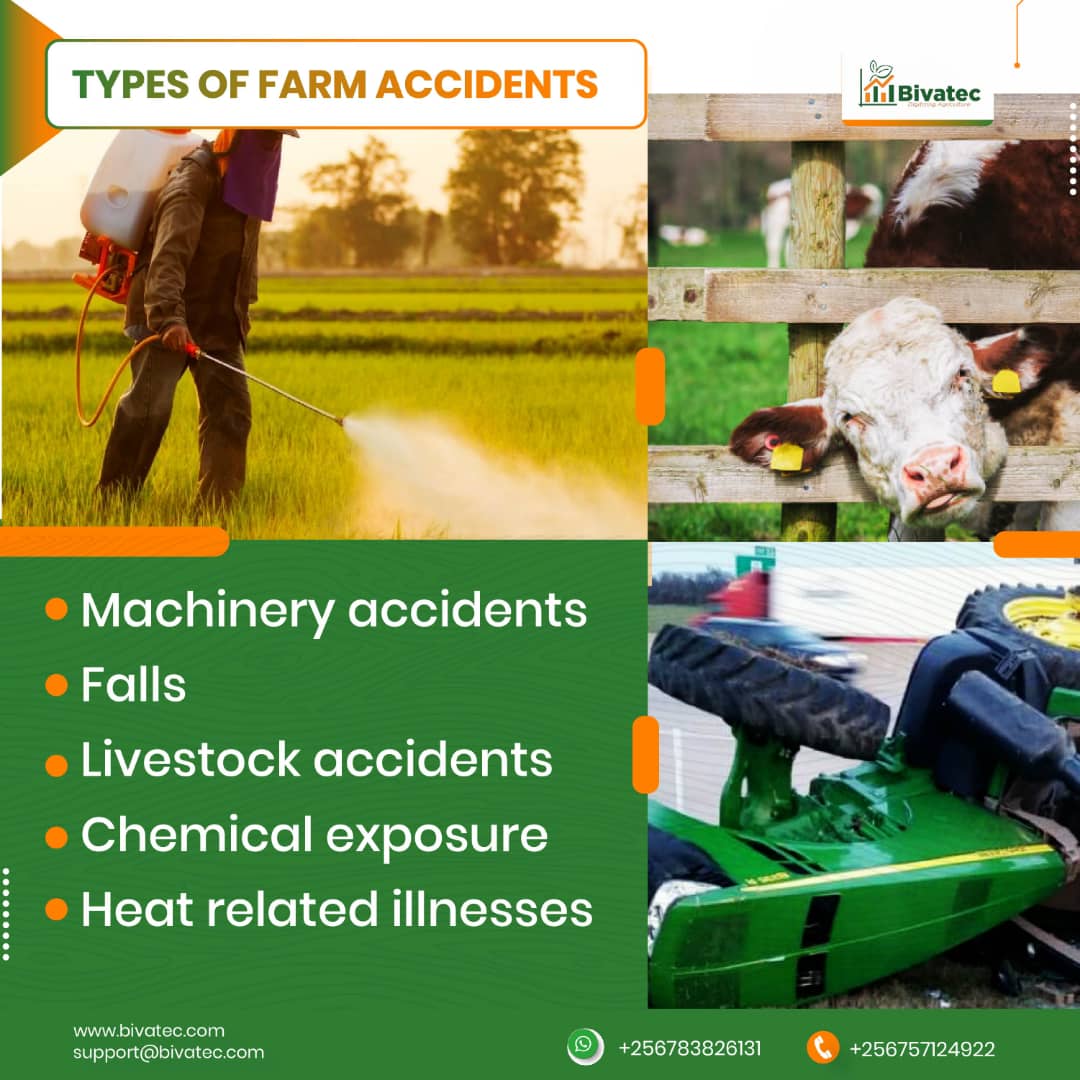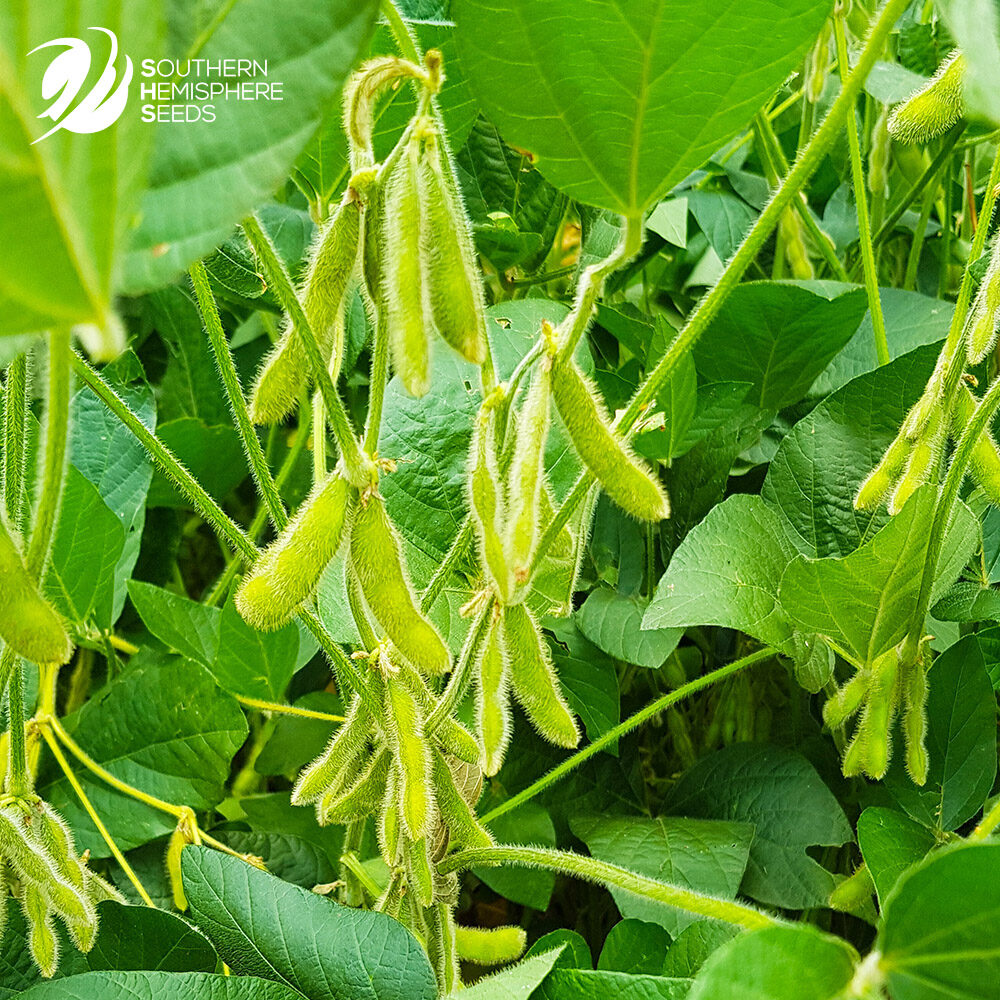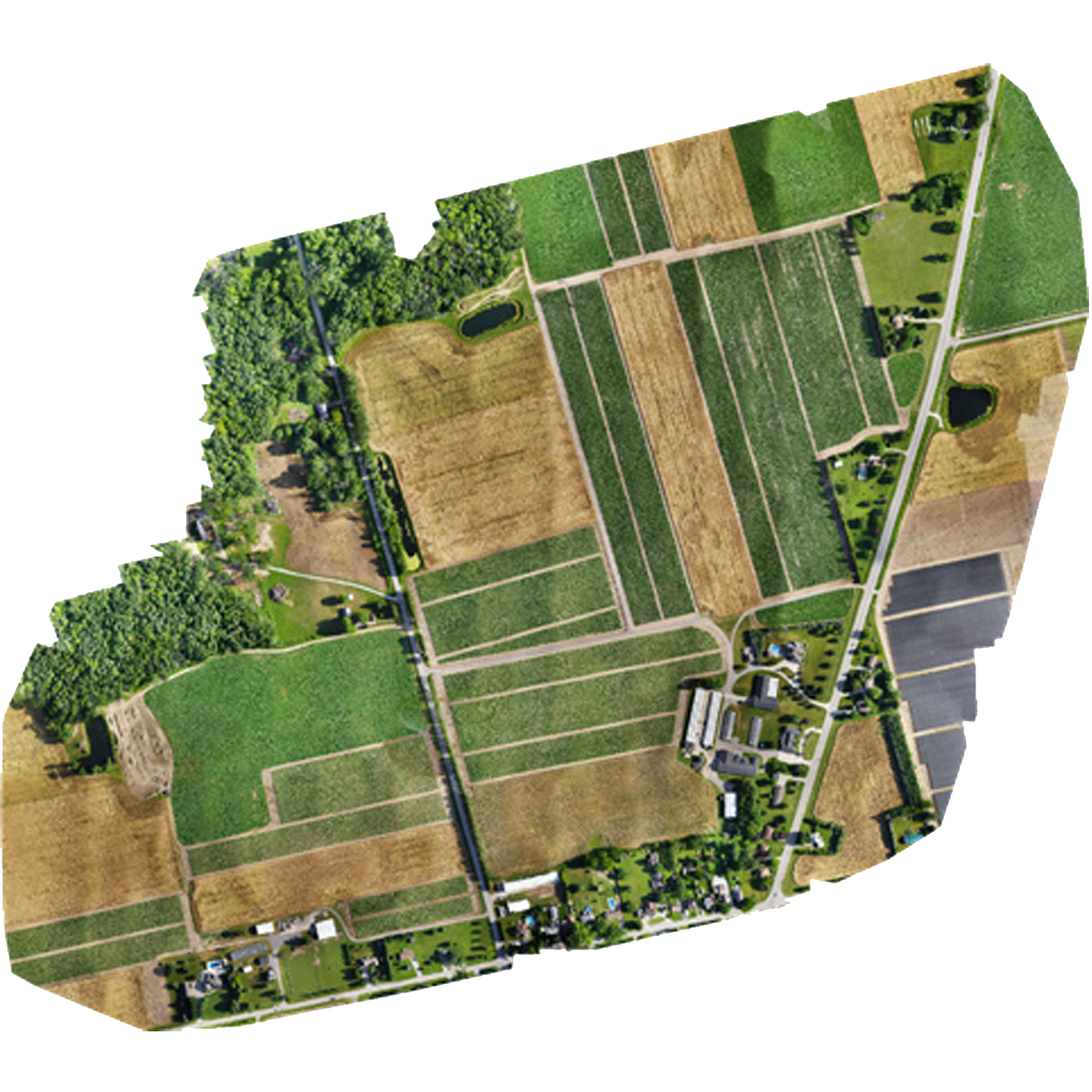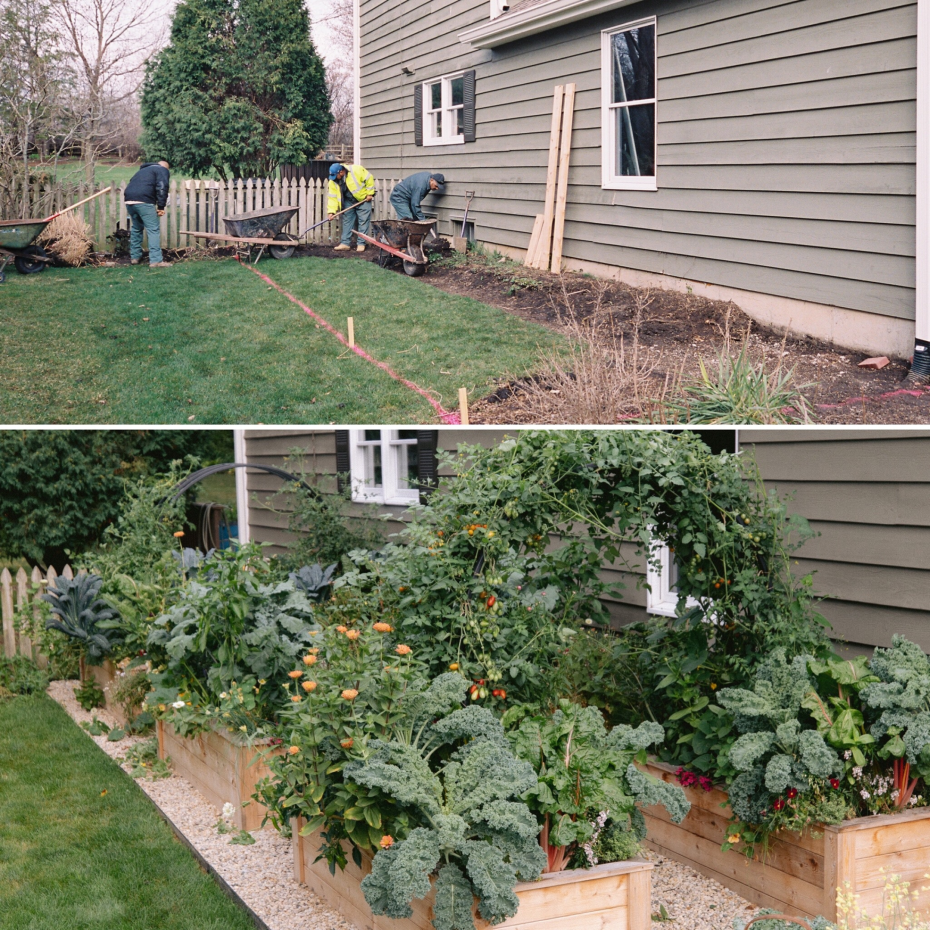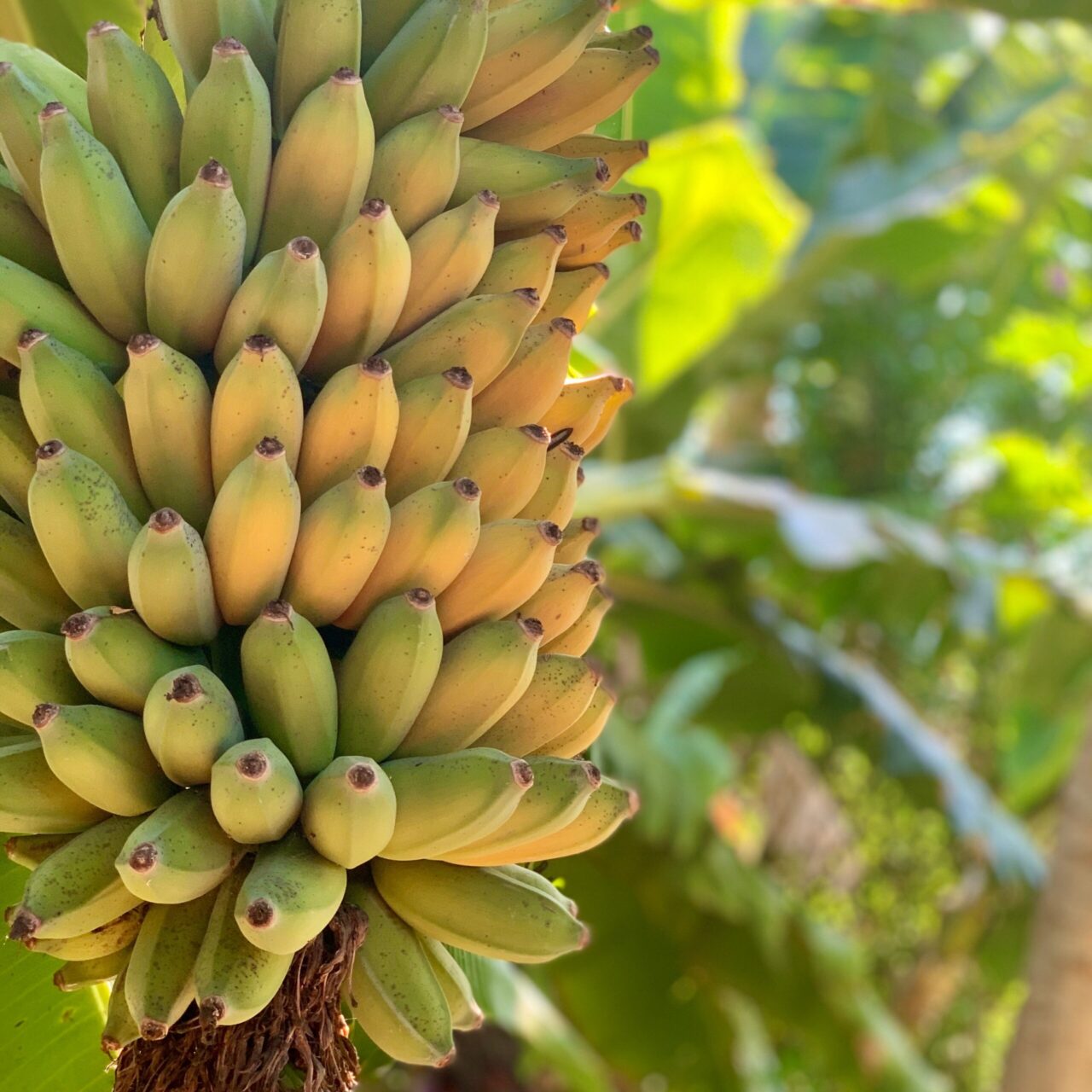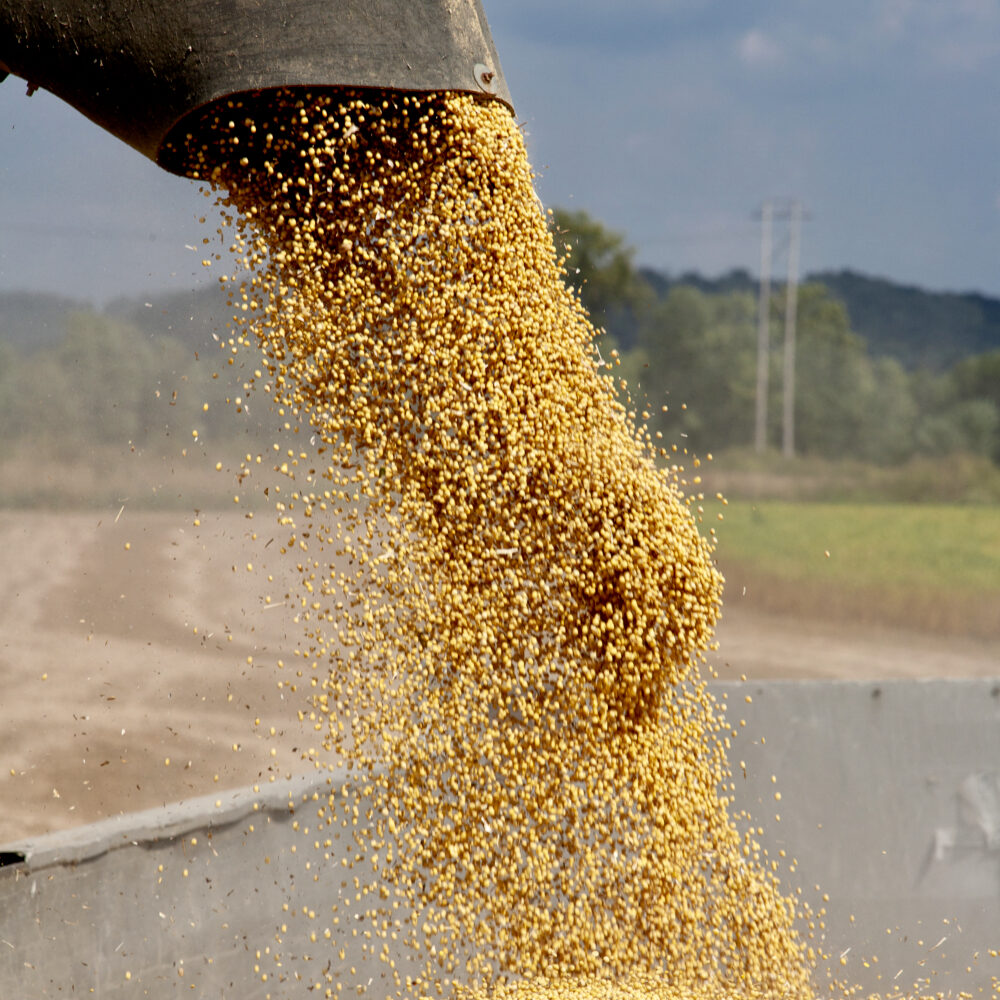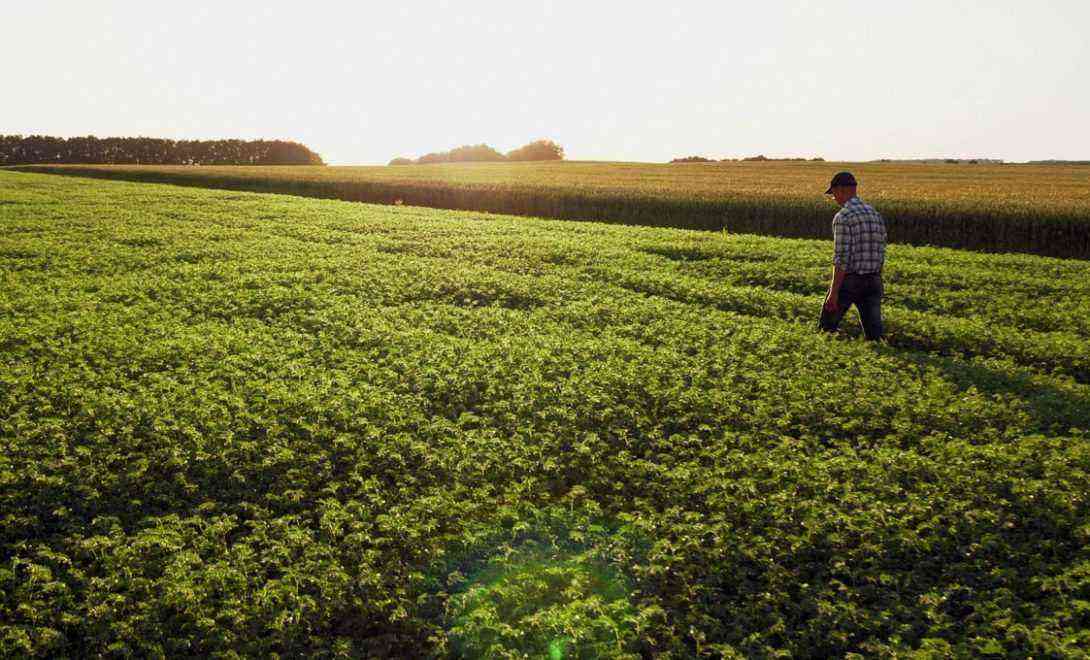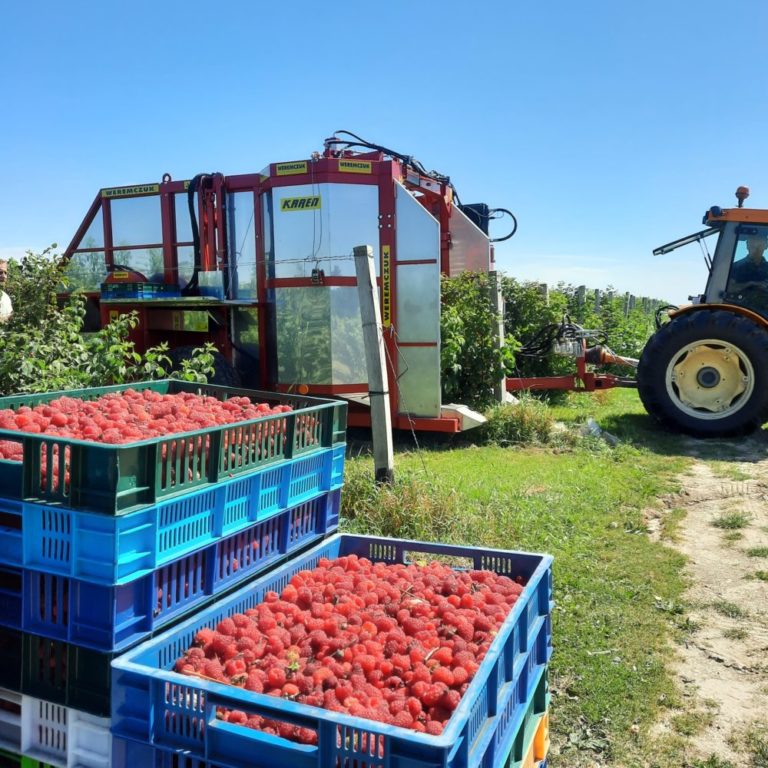Before we start talking about the subject related to the title, we need to understand what logistics is, because it can cause confusion in many people’s minds when they think that logistics is the act of moving goods. This is also true, but the concept is much broader.
Logistics is a branch of administration, which aims to optimize resources of the activity in question and facilitate the flow of information, and areas such as engineering, accounting, human resources, statistics, marketing, technology and economics are involved.
In short, everything that moves within a business, economic, management, etc. environment has logistics directly related to it.
To logistics us fertilizers
When we relate logistics and fertilizers, the first reflection that comes to mind is that every fertilizer business (thinking about commodities) is a logistics activity.
With simple parameters for pricing a distribution, linked to CFR costs (cost and freight), internal costs, taxes and margins, it is easy to see that the biggest gain from the activity is not in sales but in logistics.
Therefore, generating value in all stages of the system, such as navigation, port operations, internal handling and operations and finally the distribution to the final consumer, which in most cases is the rural producer, is the economically viable result of this type. business.
It seems very easy to simplify such a complex industry to such basic points of analysis. But, if we look at the companies that have excelled in this market, simplicity was the reason for their success, and the others will be just nostalgic memories of a market in constant transformation.
As the saying for the agro says: “…every year is a year…” and this one couldn’t be different.
With a possible delay on the part of the industry, in taking a position on its purchases, logistics I do not believe will be a bottleneck. But it should be thought of very strategically, because, as mentioned above, everything that moves within a business environment has logistics at its core.
Round trip transportation
Grain prices were very favorable in this crop that has just been harvested, and as we had a strong anticipation of grain sales, it makes us think that this logistics of transport to the ports will happen more quickly, as the trading companies already have possession of the product and security for planning.
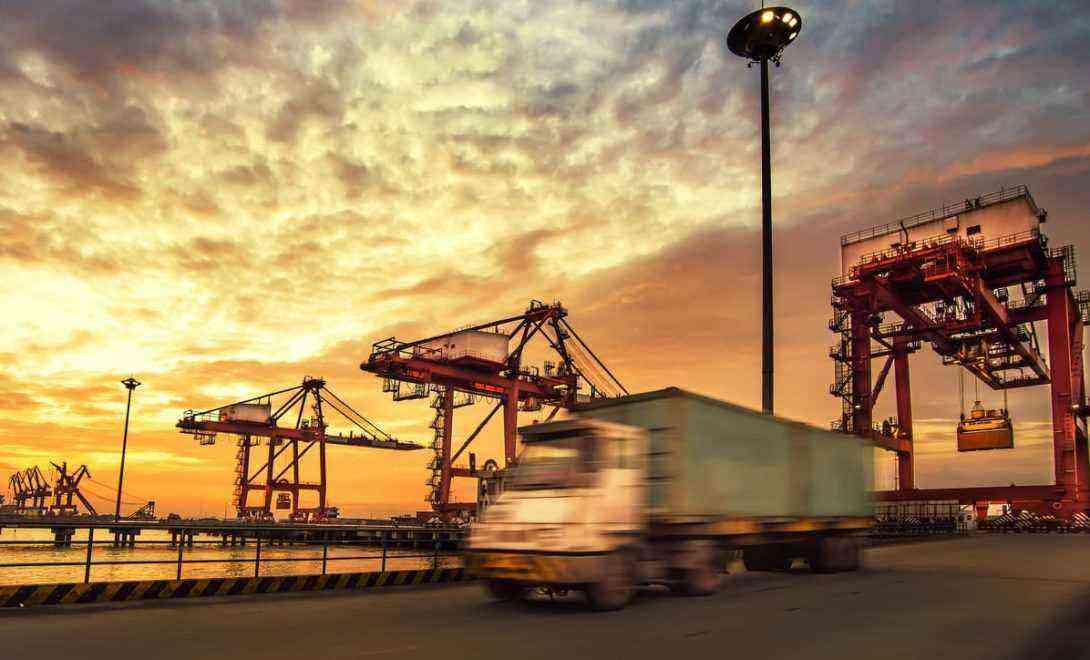 In logistics, the “round trip” in the transport of goods must be very well planned to optimize services.
In logistics, the “round trip” in the transport of goods must be very well planned to optimize services.
But what does this have to do with fertilizers? All well! If this reverse flow of soybean transport trucks takes a large part of these fertilizers and this market has not started to make this delivery in a strong way, it means that we will either have a scenario of greater competition for these trucks, or a delivery being finalized at 48 of the second time. And this is where the planning that I mention in this article.
In short, logistics is the biggest weight in the fertilizer operation and each link in the chain has a modal support pillar. When we think about the domestic market, trucks are responsible for almost all the internal movement in Brazil, although some railroads are structuring themselves to improve this.
An excellent commercial planning will be immediately necessary to have an excellent internal operation in operations, especially large farms and when thinking about off-season corn.
The point of attention must be redoubled, because in a market that does not stop growing, leaving it to the last minute can happen like this year: Simply not finding a product available.
But what to do?
In conclusion, I would like to point out that the logistical understanding of the supply process of an operation is fundamental. Even this type of professional has been increasingly requested in the market.
Much more than a gain at the time of purchase, it is having all the processes mapped and understanding the impact that a lower price will have with a delay of 30 days in relation to another commercially less interesting situation.
It’s knowing the moment of truck flow, capturing these synergies, understanding the international market and being aware of the fundamentals and creating your own acquisition and receipt strategy.
In short, the planning and management that will lead you to success and not $5/t less on a one-time purchase.

